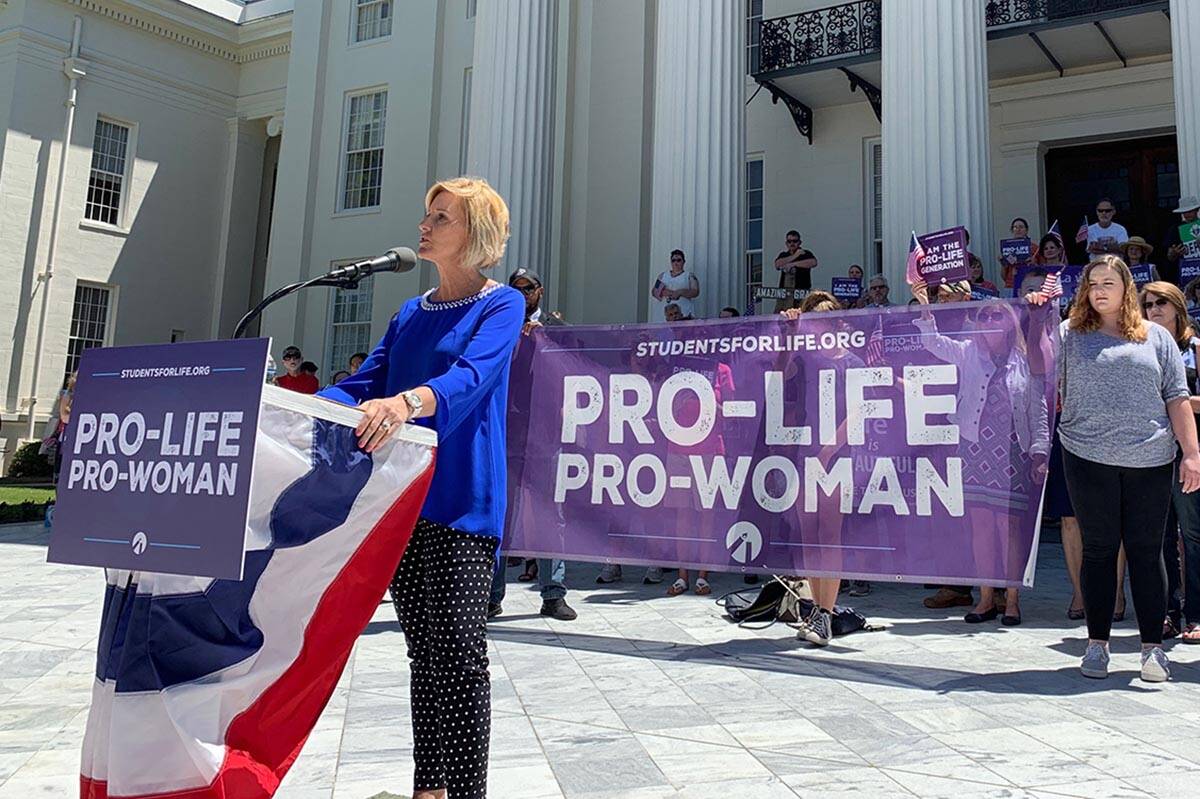VICTOR JOECKS: The constitutional right to abortion doesn’t exist
The constitutional right to abortion doesn’t exist. But it’s an open question if five Supreme Court justices will have the courage to acknowledge that.
On Wednesday, the Supreme Court will hear arguments in a case that could change abortion policy throughout the country. For almost 50 years, the Supreme Court’s decision in Roe v. Wade and subsequent ruling in Planned Parenthood v. Casey have limited abortion restrictions. This case, Dobbs v. Jackson Women’s Health Organization, involves a Mississippi ban on abortion after 15 weeks.
Pro-abortion advocates, such as Planned Parenthood, claim women possess a constitutional right to abortion. That assertion would come as a surprise to someone whose sole reference point was the Constitution. Give it a read. You won’t find the word “abortion,” let alone any text guaranteeing it as a right.
Compare that to gun ownership. The Second Amendment states, “The right of the people to keep and bear arms, shall not be infringed.” There’s a clear textual basis for gun rights, even if there’s disagreement over the breadth of those rights.
As spelled out in the Federalist Papers, the founders envisioned a limited role for the judicial branch. The court’s 1803 decision in Marbury v. Madison is now used to justify expansive judicial power. But the Supreme Court at the time took a much more restrained view of its authority. It didn’t invalidate another Congressional act for more than 50 years.
Over time, the Supreme Court took on another role — it began creating rights. What mattered wasn’t the text, but how the Supreme Court interpreted the text. As the court ruled in a 1958 case, the “federal judiciary is supreme in the exposition of the law of the Constitution.”
This latter view of the Supreme Court’s power led to the decision in Roe inventing the “right” to abortion. In its decision, the court claimed it came from the right to privacy. That’s another word you won’t find in the constitutional text.
This is the larger context of the Dobbs case. Is it a judge’s job to interpret the Constitution — to “call balls and strikes” as Chief Justice John Roberts once said? Or should a judge strive to reach his or her preferred policy outcome, regardless of the text and meaning of the Constitution?
The problems with the second mindset should be obvious. It turns the Supreme Court into a super-legislature. The Supreme Court issues sweeping, nationwide rulings on matters that would otherwise be left to Congress or the states. That’s where compromise and tailoring policy to local desires can happen. Plus, those in the legislative branches face the accountability of elections.
If the Constitution means only what the Supreme Court says, then five justices could decide to install their favorite politician as president for life. If the Supreme Court can invent a right to abortion, it could also require it — if, say, a woman already had two children.
This is why it’s vital that justices apply the text, informed by original intent, not their preferred outcomes.
There is a textual case for banning abortion under the 14th Amendment. Returning the issue to the states, however, is a more likely outcome if five justices apply the Constitution and uphold the Mississippi law.
Contact Victor Joecks at vjoecks@reviewjournal.com or 702-383-4698. Follow @victorjoecks on Twitter.


















